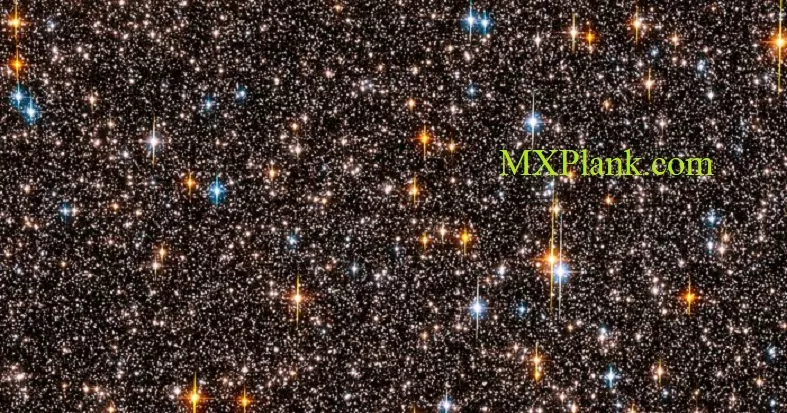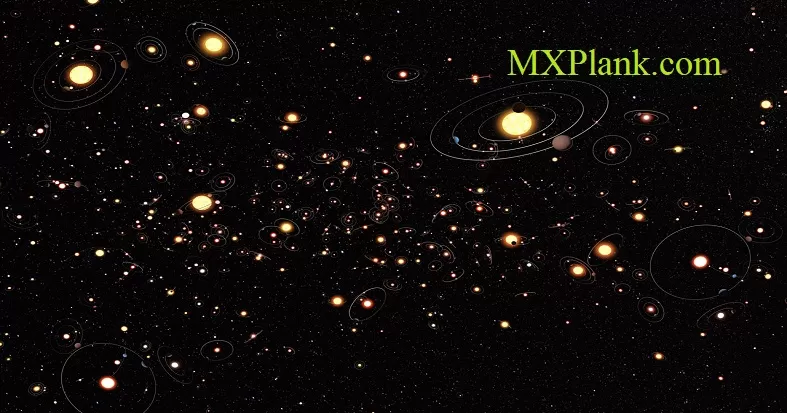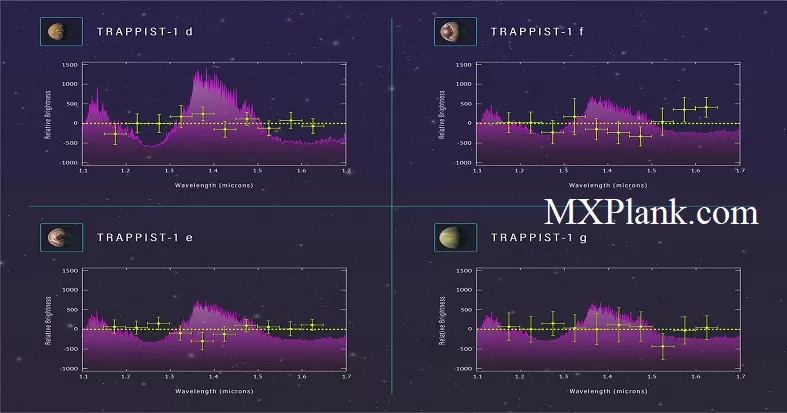Hubble pans across heavens to harvest 50,000 evolving galaxies

Several hundred images taken with the NASA/ESA Hubble Space Telescope have been woven together into a rich tapestry of at least 50,000 galaxies. The Hubble view is yielding new clues about the Universe's youth, from its 'pre-teen' years to young adulthood.
The snowstorm of galaxies in the Hubble panorama does not appear evenly spread out. Some galaxies seem to be grouped together. Others are scattered through space. This uneven distribution of galaxies traces the concentration of dark matter, an invisible web-like structure stretching throughout space. Galaxies form in areas rich in dark matter.
Among the discoveries so far in this galactic tapestry are a giant red galaxy with two black holes at its core; several new gravitational lenses – galaxies whose gravity bends the light from background galaxies into multiple images; and a rogues' gallery of weird galaxies that should keep astronomers busy for a long time trying to explain them.
The Hubble observation is part of a larger project to study galaxies in a moderately small area of sky, which provides a representative sample of the universe. The study, called the All-wavelength Extended Groth Strip International Survey (AEGIS), utilized four orbiting telescopes and four ground-based telescopes. The five-year project involved the cooperation of more than 50 researchers from around the world observing the same small region of sky in the radio, infrared, visible, ultraviolet, and X-ray regions of the electromagnetic spectrum.
NASA/ESA and The Hubble Heritage Team (STScI/AURA)






